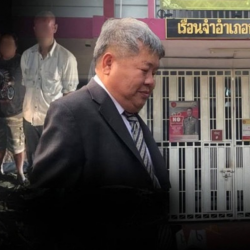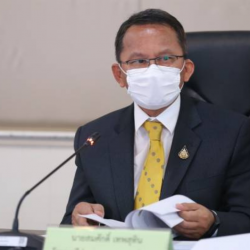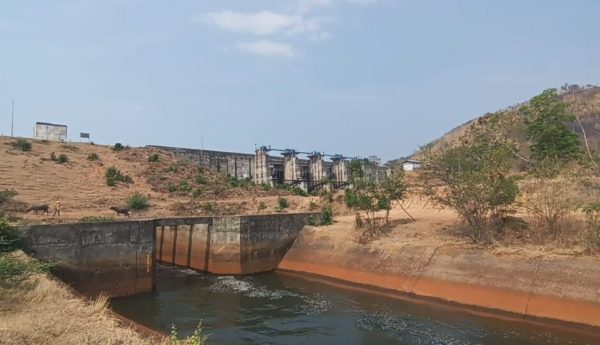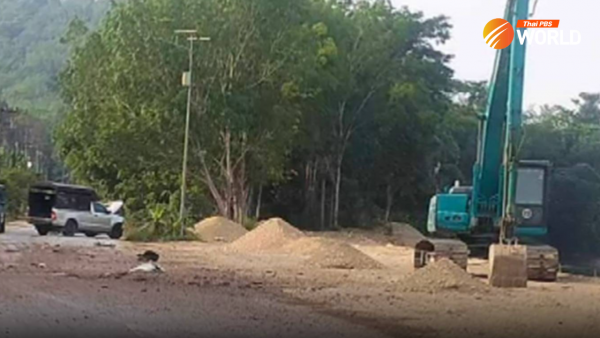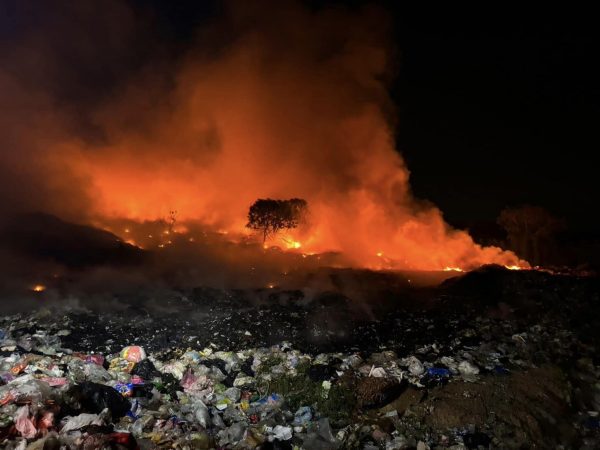October 14, 1973: The day Thais thought they cemented democracy
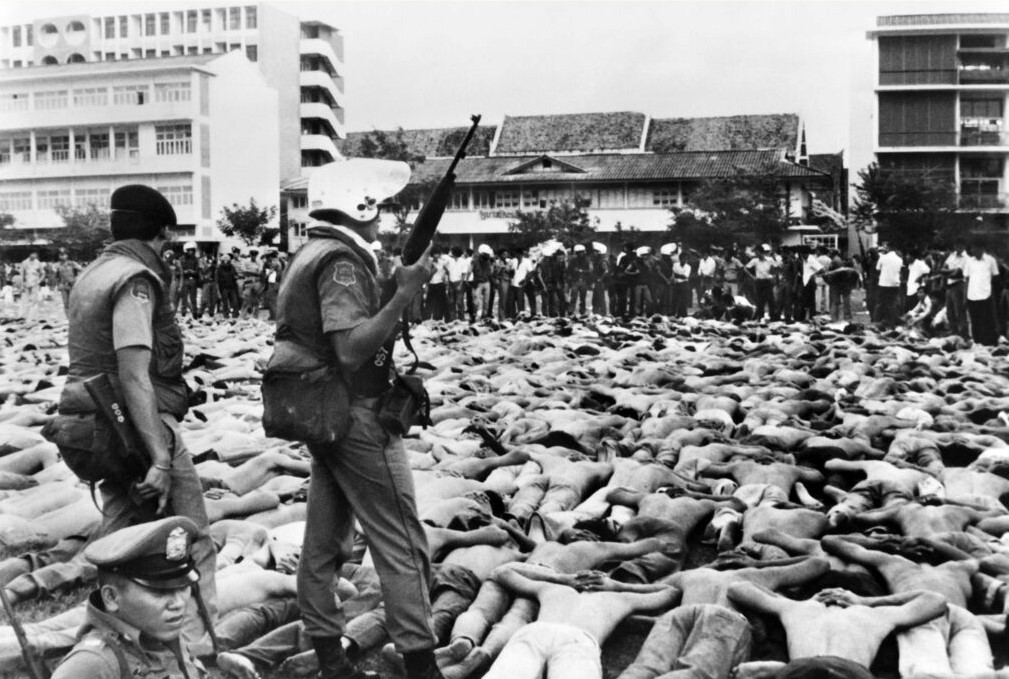
How elusive true democracy is. Even the super-massive protesting turnout on the Rajadamnoen Avenue 50 years ago cannot really establish a good political system immune to military intervention, bloodshed, corruption, cover-ups and thought manipulations.
October 14, 1973 is a watershed, though, as it showcased the power of the new generation clamouring for changes for the better. Only the forces it created have collided many times ever since and unfortunately diluted their preciousness in the process.
Three years later there was the October 6 massacre. Consequences set the clock back and ushered in a long period of what many described as “half-baked democracy”. When late Chatichai Choonhavan became prime minister in 1988, ending over a decade of non-elected premiership, fresh democratic euphoria presented itself, only for cautious optimism to largely dissipate rather quickly due to the usual flaws like nepotism and graft allegations.
He was finally overthrown in a coup, and coup makers faced another popular uprising. This time it was called “Black May”. As mobile phones just emerged during those days, the 1992 protesters were dubbed “mobile phone mobs”, who used new communication technology in a game of cat and mouse with the security forces on the other side.
The coup makers were finally humbled, and while stopgap prime minister Anand Panyarachun was non-elected, the whole thing was considered a victory for democracy. When he left the scene, new elections installed prime ministers who were to be linked with either direct or indirect corruption. The “democratic” list featured the names of Chuan Leekpai, Banharn Silapa-archa and Chavalit Yongchaiyudh.
Then the “People’s Charter” was created. Writers sought to increase public participation in governance and make it easier to indict and punish corrupt politicians. Thais were in another democratic dreamland with constitutional mechanisms set up to deal with vote buying and corruption on one hand, and enhanced people’s involvement in administrative affairs on the other.
A rude awakening came quickly. Thaksin Shinawatra came along and the same dilemma, which had never quite gone away, became glaring once more. There were conflicts of interest, charges of outright corruption and past mistakes bringing leadership into question. Another coup yet toppled him but could not prevent his party from winning elections.
Thailand’s political evolution has been flirting with absurdity after Thaksin. Coup maker Sonthi Boonyaratklin led the country for 12 days before giving the helm to Surayud Chulanont. Late Samak Sundaravej then took over, regaining control for Thaksin’s political camp. But he lasted shorter than Surayud, and Somchai Wongsawat, representing the Thaksin camp’s attempt to hold on, even lasted shorter than Samak.
The Democrat Party’s Abhisit Vejjajiva then arrived at Government House, after a chaotic and controversial search for a prime minister. The Red Shirt Uprising rocked his government and downtown Bangkok for weeks, during which many people died, setting the stage for Yingluck Shinawatra, Thaksin’s youngest sister, to lead Thailand. Prayut Chan-o-cha ousted her in a coup in 2014 and the rest is history.
The October 14 event was so huge that many of the people who fought on the same side on those days have taken clashing paths as they grew older. Some went on to be conservatives. A few were even involved in corruption themselves. Ideals that once brought the October 14 participants together have blurred somewhat, and it’s safe to say that some of the former activists’ actions have negatively affected the spirit of October 14.
It was a spirit born out of desires to see fairness and justice in society, the ultimate prerequisite for a good democracy. That youthful ideal was triggered by several political scandals, not least the illegal poaching by the rich and powerful at the Thung Yai Naresuan Wildlife Sanctuary. Many would compare October 14 to the People Power Revolution in the Philippines which came some 13 years later.
The two events are indeed comparable in many aspects, not least their paradoxical aftermaths. The People Power Revolution overthrew Ferdinand Marcos, only for his son Bongbong to rise to the presidency last year. October 14 spawned thinking favourable to the leftist ideology and resentment against capitalism, only to see western values take the centre stage of today’s Thai activism, whose way was paved 50 years ago.
Throughout the modern Thai political history, questions about democracy have focused on “How?”, “Where?” and “When?” The “When?”, or readiness, debate started in 1932, in which the country did away with its centuries of absolute monarchy and began experimenting with the system of constitutional monarchy. The “Where?” issue manifested itself in the form of endless fights over the relevance of lack thereof of such institutions as the Constitutional Court and the Senate. The “How?” war has resulted in more than 20 charters, several coups and many political bloodbaths.
Many times, Thailand looked tantalizingly close to answering the questions of “How?”, “Where?” and “When?”. October 14 inspired the search for the answers, but bumps on the road have been big and sometimes disastrous. The so-near-yet-so-far loop became glaring again this year, many people will say, but the rise of the Move Forward Party, driven by youthful power, was stemmed after the May election, thanks largely and ironically to Thaksin’s political camp whose ideological stance has confounded everyone.
October 14 is a big part of Thailand’s political evolution that seems to be going on and on. The latest “Democracy Index” has the country on the 55th place. Good news is that the country is miles above Myanmar and to a lesser degree Vietnam, and Thailand is only 20 places below the United States with both countries categorized similarly as “flawed democracies”. The Philippines is 52nd despite the “People Power Revolution.” Singapore is 70th and Thailand’s closest ASEAN competitor is Indonesia, 54th.
On October 14, 1973, Thais snatched democracy out of the jaws of dictatorship. The fight, however, is far from over.
Tulsathit Taptim

